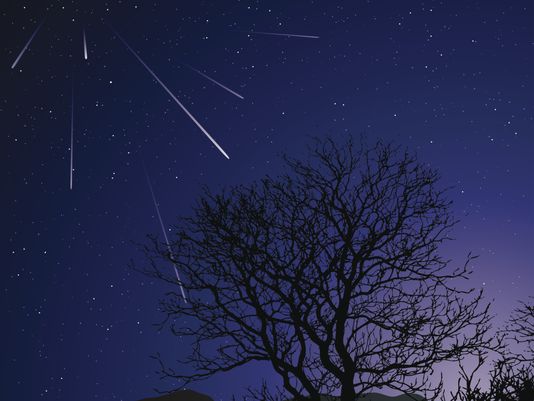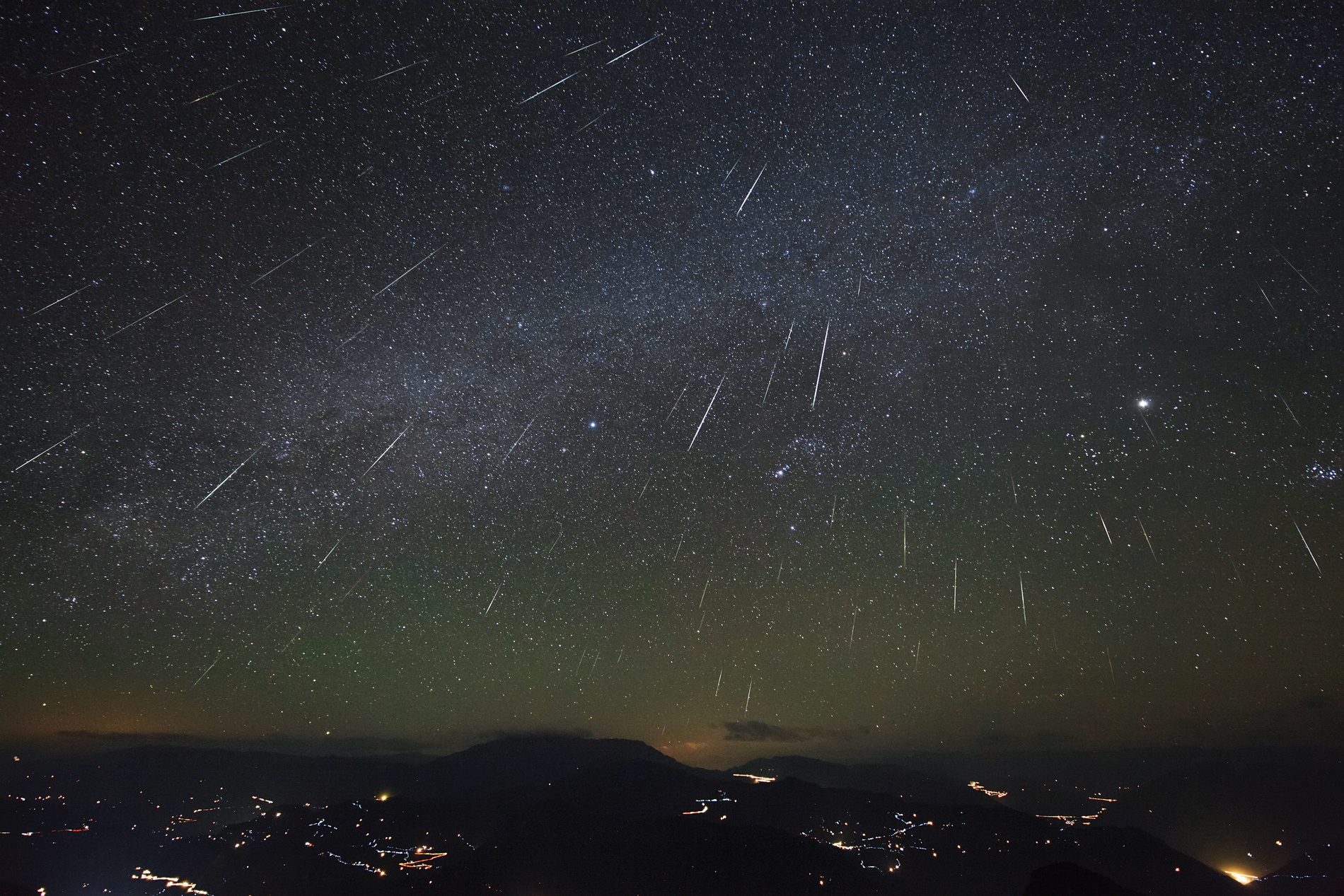
December 2016 Sky
- Posted by OCastronomy
- On November 30, 2016
- 0 Comments
- Aldebaran, Beehive cluster, Castor, December solstice, Geminid Meteor Shower, Jupiter, Mars, Mercury, Pleiades, Pollux, Regulus, Saturn, Spica, Venus
December 2016 Sky
| 1 | Moon near Mercury (18° from Sun, evening sky) at 5h UT. Mag. -0.5. |
| 3 | Moon near Venus (44° from Sun, evening sky) at 11h UT. Mag. -4.2. • Crescent Moon and Venus (APOD) |
| 5 | Moon near Mars (66° from Sun) at 9h UT. Mag. +0.7. |
| 7 | First Quarter Moon at 9:03 UT. |
| 11 | Mercury at greatest elongation east (21° from Sun, evening sky) at 4h UT. Mag. -0.4. |
| 12 | Moon near the Pleiades (evening sky) at 13h UT. • The Pleiades (Wikipedia) |
| 12 | Moon at perigee (closest to Earth) at 23:27 UT (358,461 km; angular size 33.3′). |
| 13 | Moon very near Aldebaran (evening sky) at 3h UT. Occultation visible from USA, Mexico and Canada. • Occultation of Aldebaran (IOTA) |
| 14 | Full Moon at 00:06 UT. |
| 14 | Geminid Meteor Shower peaks at 17h UT. Major activity lasts 22 hours. Produces bright, medium-speed meteors at its peak (up to 80 meteors/hour). Most reliable meteor shower. Easy to observe (radiant shown on sky map). Best seen after midnight, but moonlight interferes badly in 2016. • Observing the Geminids (Gary Kronk) • Meteor Shower Calendar (IMO) |
| 15 | Moon near Castor (morning sky) at 23h UT. |
| 16 | Moon near Pollux (morning sky) at 3h UT. |
| 17 | Moon near Beehive cluster (morning sky) at 3h UT. • Beehive Cluster (Wikipedia) • M44: The Beehive Cluster (APOD) |
| 18 | Moon very near Regulus (morning sky) at 17h UT. Occultation visible from southwest Australia. • Occultation of Regulus (IOTA) |
| 21 | Last Quarter Moon at 1:56 UT. |
| 21 | December solstice at 10:44 UT. The time when the Sun reaches the point farthest south of the celestial equator marking the start of winter in the Northern Hemisphere and summer in the Southern Hemisphere. • December Solstice (Wikipedia) |
| 22 | Moon near Jupiter (morning sky) at 18h UT. Mag. -1.9. |
| 23 | Moon near Spica (morning sky) at 2h UT. |
| 25 | Moon at apogee (farthest from Earth) at 6h UT (distance 405,870 km; angular size 29.4′). |
| 27 | Moon near Saturn (16° from Sun, morning sky) at 21h UT. Mag. +0.5. |
| 28 | Mercury at inferior conjunction with the Sun at 19h UT. Mercury passes into the morning sky. |
| 29 | New Moon at 6:53 UT. Start of lunation 1163. • Lunation Number (Wikipedia) |
| December 2016 Sky All times Universal Time (UT). USA Eastern Summer Time = UT – 4 hours. | |



